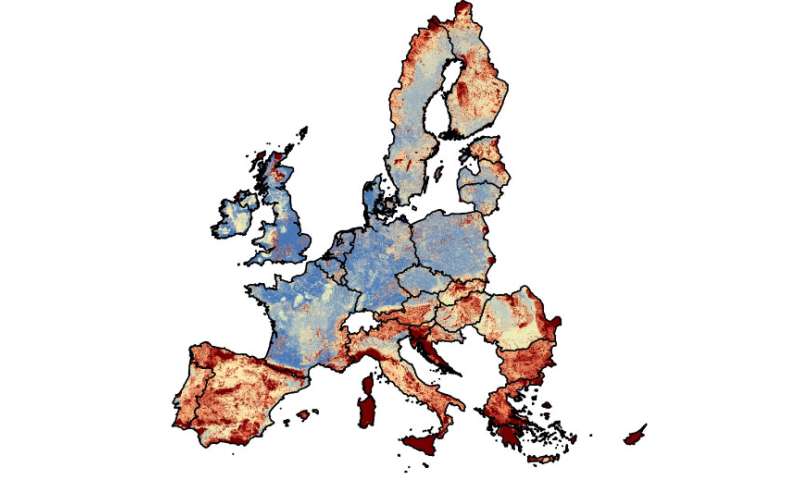Tools for planning nature conservation in the European Union

Analysis methods based on spatial data can help estimate the success of European nature conservation programmes. For her doctoral dissertation, Aija Kukkala used Zonation, a conservation and land use planning software program developed at the University of Helsinki, and discovered that the EU's Natura 2000 network protects a reasonably broad variety of endangered animals.
Prioritising areas
The needs of nature and humans are increasingly in conflict, and prioritisation is needed. How should we choose additional areas for nature conservation - or for construction? This is the work of land use planners, zoning officials and political decision-makers.
Through spatial data and computational methods, nature conservation areas can be compared and listed in order of importance according to how effective they are at promoting biodiversity. The same methods can be used to cost-effectively identify valuable areas outside the existing network of conservation areas, or to direct harmful land use to less valuable areas.
Aija Kukkala also investigated how ecosystem services, or the benefits nature offers to people, can be included in the prioritisation. Ecosystem services include leisure, pollination, flood protection, carbon binding and food production.
According to the dissertation, an analysis based on spatial data can include ecosystem services on the European scale.
"Conservation planning benefits when ecosystem services are included. This makes conservation easier to justify to politicians," says Kukkala.
Conservation and rehabilitation
A spatial data analysis reveals that biodiversity is greatest in southern and northern Europe. Central Europe has extensive urban and agricultural areas, and a different kind of conservation policy must be applied. Conservation can also mean rehabilitation.
EU member states have committed to a quantitative conservation goal, 17% of the country's area, as well as a biodiversity strategy which centres around the Natura 2000 network.
According to Aija Kukkala, nature conservation areas and their cost-effectiveness are not separate from other political activities. She believes conservation planning should be connected more closely to other regional land use planning. Nature conservation can feature compromises and consideration of both ecological and social sustainability.
The Zonation software can be downloaded from this link: www.helsinki.fi/en/researchgro … arch-centre/software
Provided by University of Helsinki